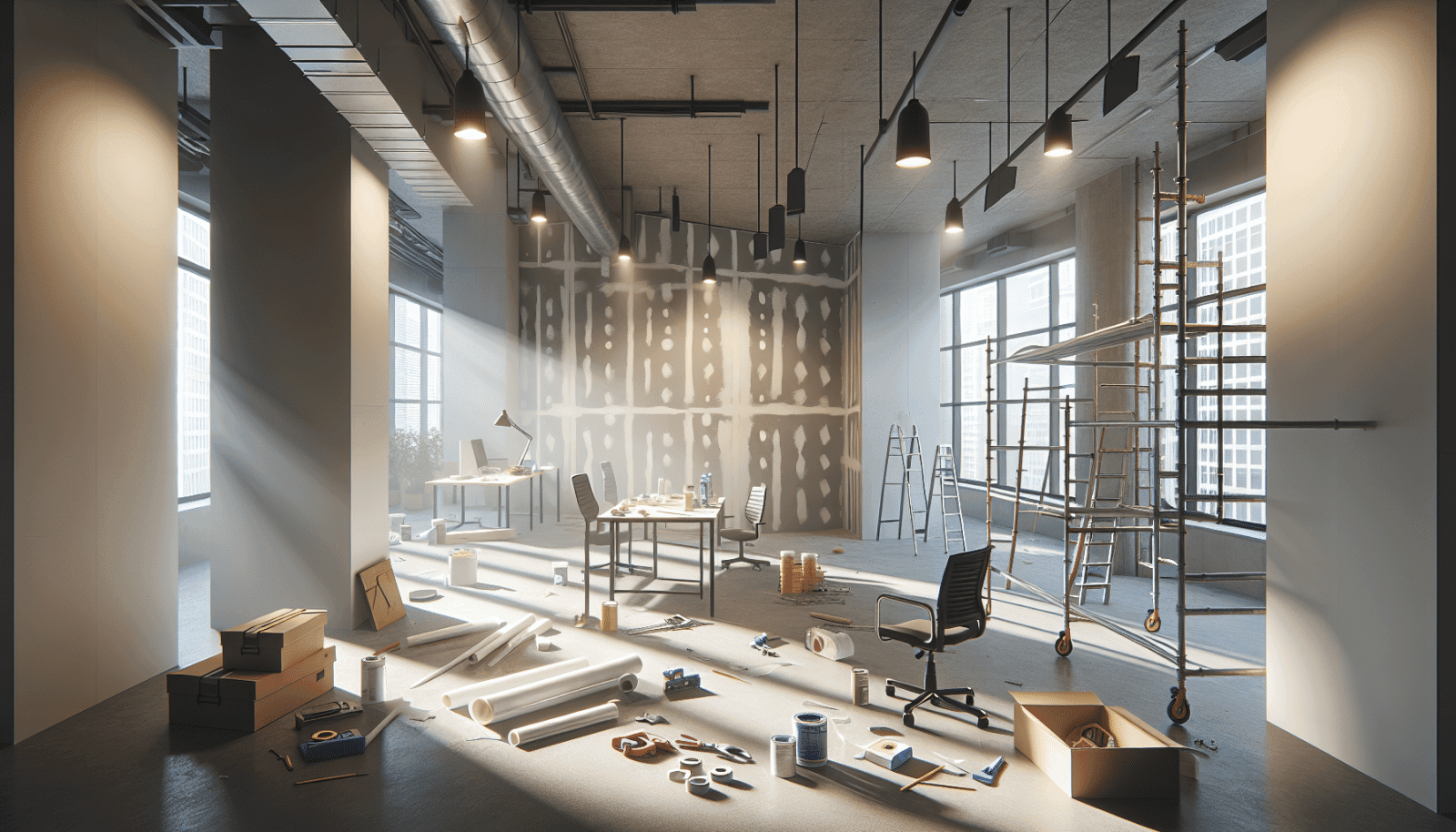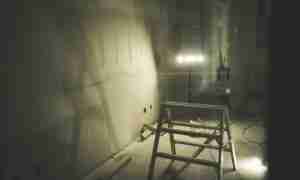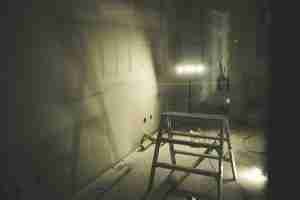At Utah Drywall & Repair, we understand that tackling drywall Taping can be both daunting and essential for a seamless finish. This blog post will unravel the intricacies of drywall taping, providing clear guidance and tips for homeowners who want to embark on this DIY journey. Our comprehensive guide is designed to assist you in achieving professional-looking results with ease and confidence. Utilize this resource to enhance your skills, resolve common issues, and elevate your home improvement expertise.
Contents
- 1 Understanding Drywall Taping Basics
- 2 Gathering Your Tools and Materials
- 3 Preparation: Setting the Stage
- 4 The Taping Process: A Step-by-step Guide
- 5 Smoothing and Sanding for Perfection
- 6 Addressing Common Taping Challenges
- 7 Finishing Touches to Complete the Job
- 8 Safety Tips for Drywall Taping
- 9 Professional Drywall Taping: When to Call Us
- 10 Conclusion
Understanding Drywall Taping Basics
Before you dive into drywall taping, let’s explore the fundamental why’s and how’s. Drywall taping is crucial for creating smooth walls by hiding joints between sheets of drywall. It’s the foundation for a flawless finish, preparing the surface for Painting or further decoration. With our guidance, you’ll grasp this essential home improvement skill.
Successful drywall taping requires patience and precision. Mastering this practice will save you from unsightly seams and imperfections, boosting the overall aesthetic of your home. Armed with the right tools and techniques, you can confidently transform your walls from rough to refined.
Gathering Your Tools and Materials
Every successful DIY project begins with the right tools and materials. For drywall taping, essential items include joint compound, drywall Tape, a taping knife, and sandpaper. First, let’s talk about the joint compound, which acts as the binding agent holding everything together. Drywall tape, on the other hand, bridges the gap between drywall sheets and creates a uniform surface.
Taping knives come in various sizes, but for beginners, a 6-inch knife will effectively smooth the compound over the tape. Sandpaper or a Sanding sponge is crucial for achieving a smooth finish, making any bumps or ridges disappear. With these tools at your disposal, you’re ready to take on drywall taping with confidence.
Preparation: Setting the Stage
Preparing your workspace is an important step for ensuring a successful drywall taping experience. Clear your area of dust and debris to prevent imperfections in the compound. It’s also vital to ensure the drywall sheets are properly installed and secure before you begin taping.
Next, ensure all tools and materials are easily accessible to avoid interruptions during the taping process. Take the time to wear a mask and safety goggles, as the joint compound can create dust when sanded. With your workspace adequately prepared, you’re set for a smooth and efficient taping job.
The Taping Process: A Step-by-step Guide
Now that you’re prepped and ready, it’s time to delve into the taping process. Begin by applying a thin layer of joint compound over the seam using your taping knife. Ensure the compound spreads evenly without leaving bumps or ridges on the surface.
Once the compound is in place, gently press the drywall tape into the compound spanning the entire length of the seam. Use your taping knife to press the tape firmly, smoothing out any bubbles or wrinkles. After laying the tape, apply another thin layer of compound over it, allowing it to dry completely before proceeding.
Smoothing and Sanding for Perfection
Achieving a perfectly smooth finish is essential for seamless walls that will be painted or finished with other decorations. Once the compound has dried, use sandpaper or a sanding sponge to smooth the surface, carefully targeting raised areas or rough patches.
After sanding, inspect the seams to ensure they’ve blended seamlessly with the drywall sheets. If imperfections are still visible, apply an additional layer of joint compound, allow it to dry, and sand again. This step may require patience, but it guarantees a professional finish.
Addressing Common Taping Challenges
Taping challenges can arise, but knowing how to tackle them will save you time and stress. Bubbles in the Tape: Use a knife to cut through the bubble and press the tape back down, sealing it with more compound. Ridges or Bumps: Sand the area using a finer grit to avoid damaging surrounding compound. Tape Peeling: Ensure that surfaces are clean before taping, and press down firmly on the tape. Uneven Seams: Apply an even pressure with your taping knife, ensuring consistent compound application. Visible Seams: Add a thin layer of compound to the seam, smooth, let dry, and sand for improved blending.
Finishing Touches to Complete the Job
Your seams are smooth, and it’s time to finish the project. Apply a skim coat of joint compound over the entire area to create a uniform surface for painting. Once dried, a final light sanding will prepare the surface for primer or paint application.
Careful attention to detail during the finishing touches will pay off in the long run. The preparation work you invest ensures a lasting, professional-quality finish, ultimately increasing the quality and value of your space.
Safety Tips for Drywall Taping
While adventure lies in DIY pursuits, safety cannot be overlooked. Always wear safety goggles to shield your eyes from errant compound splashes. A dust mask or respirator is essential to prevent inhalation of fine dust particles during sanding.
Safety gloves can protect your hands from compound drying out your skin. Ensure adequate ventilation in your workspace, especially during sanding. Lastly, secure your working area to prevent trips or accidents, ensuring a safe and productive environment.
Professional Drywall Taping: When to Call Us
While we hope you find our guide useful, sometimes you need a professional touch. We recommend reaching out when faced with extensive repairs, or if your DIY attempt reaches a standstill. Larger projects can quickly become overwhelming, and expert assistance ensures efficient completion.
At Utah Drywall & Repair, our commitment is to deliver high-quality craftsmanship, ensuring your drywall stands the test of time. Our experience translates into less stress for you. So when the project outpaces your capability, don’t hesitate to Contact Us.
Conclusion
Embarking on a drywall taping project doesn’t have to be intimidating, especially with our detailed guide by your side! For more advanced projects, contact us at 801-406-6350 or Request a Free Quote.




